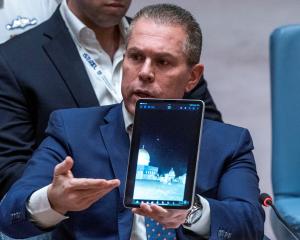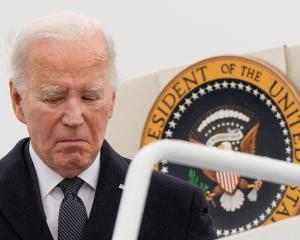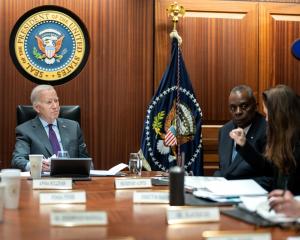Recently, three Americans with special status - they have commanded missions to the moon - made their dismay about the country's space programmes public.
In an open letter, Neil Armstrong, the first human being to walk on the moon, Jim Lovell, commander of Apollo 13, and Eugene Cernan, commander of Apollo 17, condemned President Barack Obama's plans for the National Aeronautics and Space Administration (Nasa) as the beginning of a "long downhill slide to mediocrity for the United States".
The letter was timed to coincide with Mr Obama's visit to Cape Canaveral to defend his new policy, which abandons the goal of returning to the moon by 2020, or ever.
Mr Obama insists this sacrifice will allow the US to pursue a more ambitious goal, but his plan to send Americans to Mars by the late 2030s has the distinct political advantage of not needing heavy investment while he is still in office - even if he wins a second term.
The "Constellation" programme he scrapped had two goals.
One was to replace the ageing shuttle fleet for delivering people and cargo to near-Earth orbits.
The other was to provide the big rockets needed to meet George W. Bush's target of a permanent American base on the moon by 2020 where rockets would be assembled to explore the Solar System.
That programme's timetable was slipping and would undoubtedly have slipped further, as such programmes often do.
It would have ended up costing a lot: $108 billion by 2020, as much as the Pentagon spends in three months, with the possibility that it would have ended up costing one or two more months' worth of the defence budget.
But it would have kept the United States in the game.
Mr Obama's plan only pretends to.
He says all the right things: "Nobody is more committed to manned space flight, to human exploration of space, than I am, but we've got to do it in a smart way."
He talked about a manned mission to some asteroid beyond the moon by around 2025, and another that will orbit Mars for some months in the mid-2030s - "and a landing on Mars will follow".
Those are indeed ambitious goals, and they would require heavy-lift rockets that do not yet exist.
But the "vigorous new technology development" programme that might lead to those rockets will get only $600 million annually for the next five years, and actual work on building such rockets would probably not begin until 2015.
In the meantime, and presumably even for some years after Mr Obama leaves office in 2016 (should he be re-elected in 2012), the United States will have no vehicle capable of putting astronauts into orbit.
It will be able to buy passenger space on Russian rockets, or on the rapidly developing Chinese manned vehicles, or maybe by 2015 even on Indian rockets.
But it will essentially be a hitch-hiker on other countries' space programmes. So for the next decade, at least, the United States will be an also-ran in space, while the new space powers forge rapidly ahead.
And even if some future administration should decide it wants to get back in the race, it will find it almost impossible to catch up.
Which is why the first man on Mars will probably be Chinese or Indian, not American.
Gwynne Dyer is a London-based independent journalist.












